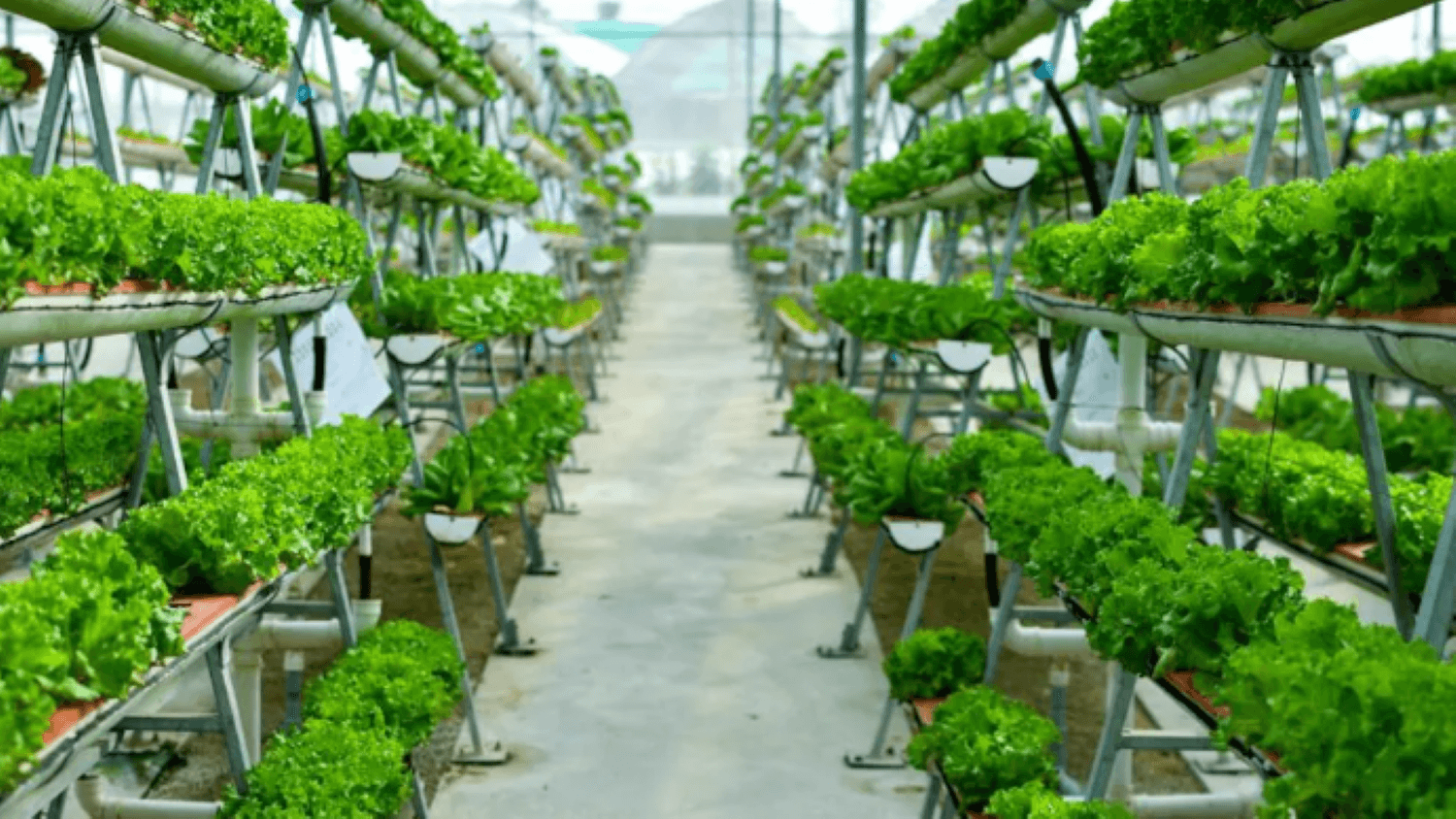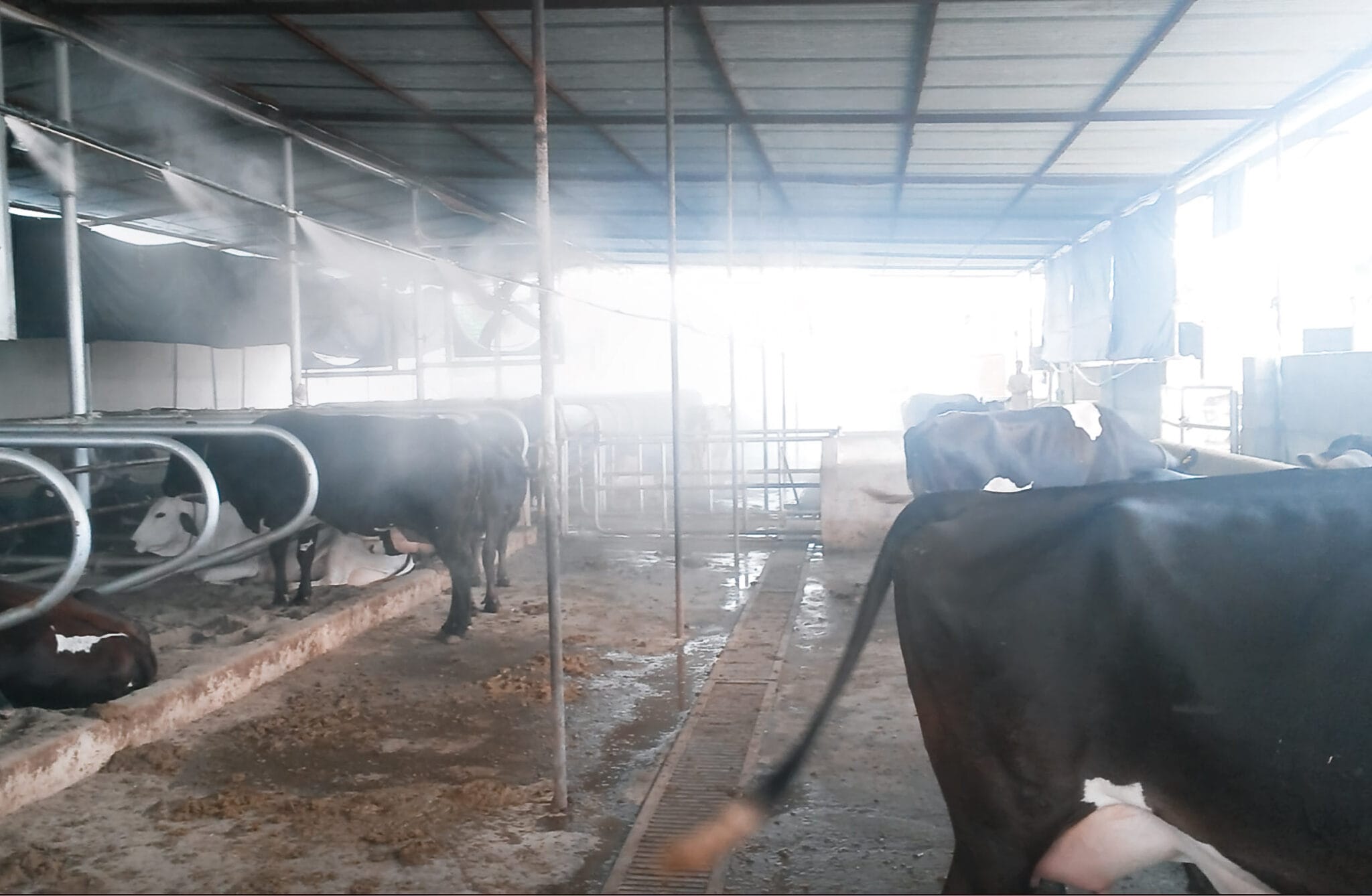
Back to the future: vertical farming
Vertical farming allows the production of food in a sustainable way, reducing environmental impact and repurposing unused spaces.
One of the main goals of organic farming is to maintain fertile soil over the long term by feeding the soil only with products of natural origin. Adding compost on a regular basis is one of the best ways to improve soil organic content in open fields and in cultivated greenhouses.
The earthworm is a natural resource of fertility and life. This organism that lives in the subsoil in fact feeds on decaying organic material creating nutrient-rich matter for the soil.
The waste material produced by earthworms is odorless and contains bacteria that allow the decomposition process to continue in the soil, promoting microbiological activity. The “droppings” contain much more nitrogen, potassium, and calcium than is contained in good potting soil. The presence of this waste material promotes the maintenance of moisture in the soil and consequently improves fertility.

Vermicompost is the product obtained from the process of decomposing the waste of various types of worms. They may be red wigglers, white worms, or earthworms of various kinds. Vermicomposting uses worms and earthworms to decompose waste and make a kind of “worm manure” for use in agriculture.
The process can be done on a large scale at the industrial level or on a small scale at the household level by purchasing or building an appropriate shelter where the worms can do their work.
Although the two products obtained are useful for agricultural purposes, in reality they are very different both for the production process and for the characteristics of the material. Vermicompost is the product of the decomposition of organic material carried out through the digestion of worms, while in order to obtain compost various types of microorganisms are required, essentially aerobic bacteria, fungi and larvae.


Vermicompost, compared to traditional compost is better because of its higher nitrogen, phosphorus and potassium content, and its ability to improve soil structure and increase its water holding capacity. However, its cost is higher, so for large areas, it is necessary to evaluate the cost-benefit ratio.
What to do when the vermicompost produced is not used for several months? It can be stored, but some precautions must be taken in order not to ruin its properties.
The proper environment for storing vermicompost is a cool and dry place. It is necessary to provide air flow without letting the material dry out completely. If it is very humid or wet, you can arrange the material in a thin layer on a concrete pad and let it dry for a while. It should be nice and crumbly and not wet to the touch.
The resulting material should never be stored outdoors and without shelter as rain and sun remove many of the beneficial compounds. However, cold winter temperatures allow the worm compost to be stored outside sheltered with plastic sheeting. In fact, the frozen micro organisms, will reactivate once temperatures allow.

Vertical farming allows the production of food in a sustainable way, reducing environmental impact and repurposing unused spaces.

Discover how algae cultivation is revolutionizing sustainable production and how these practices can transform the future.

This technological revolution promises to improve efficiency, sustainability, and animal welfare, but

How to cope with summer temperatures in productive sectors such as industry, livestock and agriculture? Read our solutions.